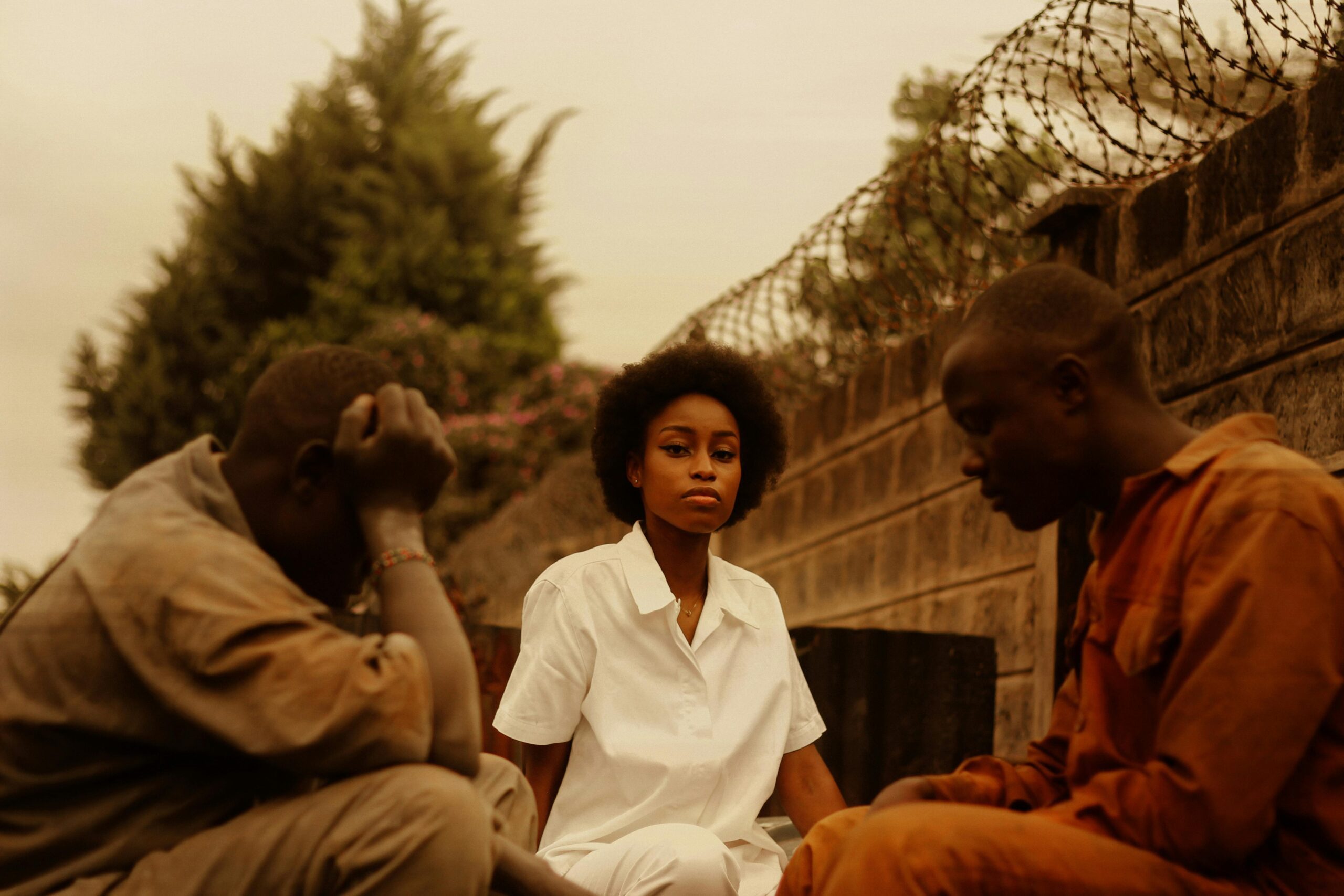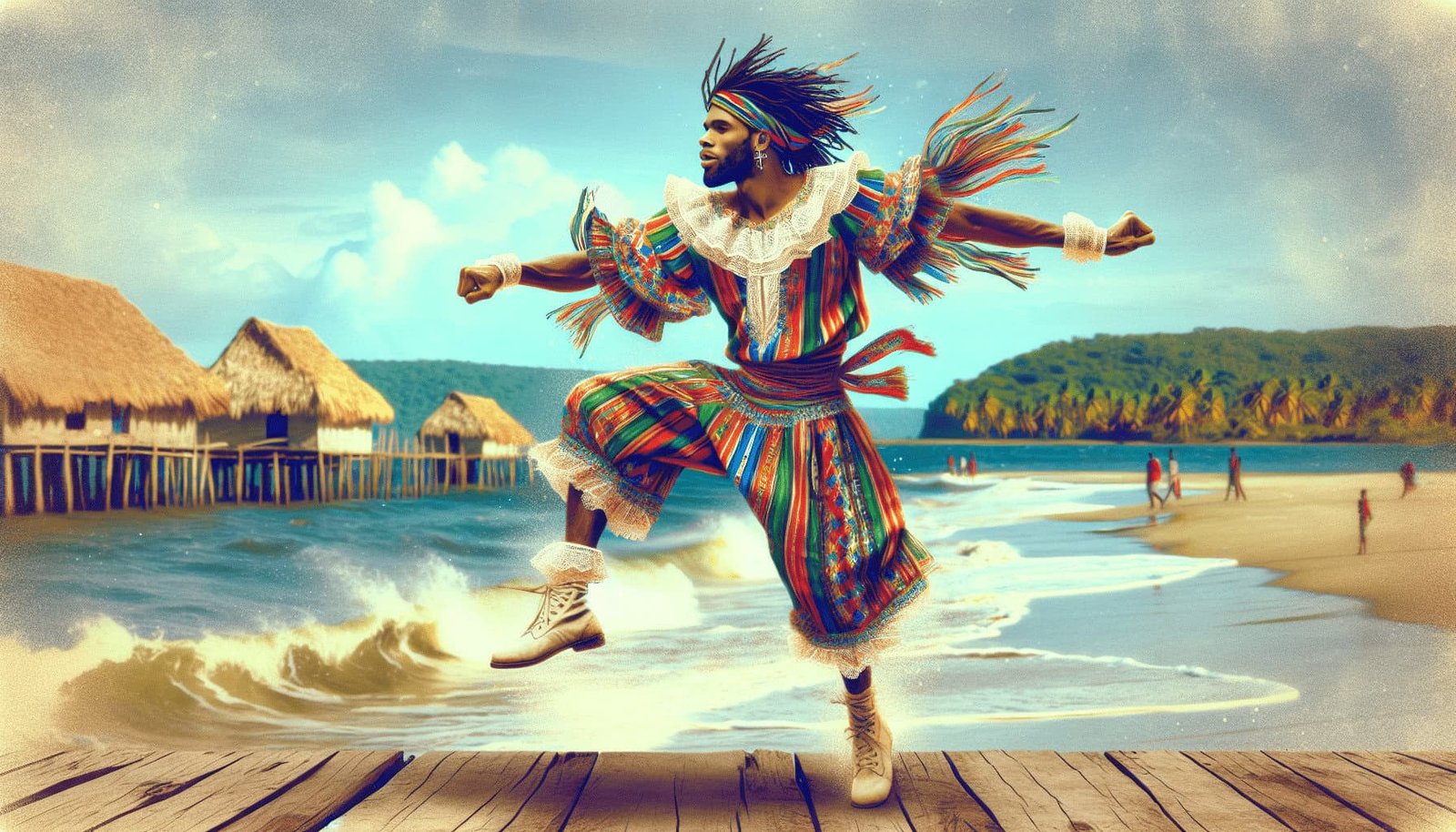Have you ever been curious about the distinctive Afro-Caribbean culture and traditions of Nicaragua? If so, you’re in the right place. Nicaragua, a diverse and vibrant country in Central America, offers a rich tapestry of cultures, among which the Afro-Caribbean heritage stands out with its colorful traditions, cuisine, dances, and music.

The History of Afro-Caribbean Presence in Nicaragua
Understanding the Afro-Caribbean culture of Nicaragua requires a glance at its historical roots. The Afro-Caribbean influences primarily stem from the Atlantic Coast, known as the Mosquito Coast. The region has been historically inhabited by various ethnic groups, including Creoles, Garifunas, and Miskitos.
The Arrival of Afro-Caribbean People
Afro-Caribbean people arrived in Nicaragua through various means. Some were brought as enslaved people, while others came voluntarily during the British colonial period in the 17th and 18th centuries. The Atlantic Coast was a melting pot where African, Indigenous, and European cultures intertwined, creating a unique Afro-Caribbean identity.
The Role in Nicaraguan Society
Over time, Afro-Caribbean people have significantly contributed to Nicaraguan society. From agriculture to crafts, and particularly in music and dance, their influence permeates many aspects of life on the Atlantic Coast and beyond.
Language and Communication
Language is a significant element of any culture. Afro-Caribbean communities in Nicaragua are multilingual, often speaking a blend of languages.
Creole English
Creole English, a language that blends English with African and Indigenous elements, is widely spoken among Afro-Caribbean communities on the Atlantic Coast. It serves as a lingua franca, fostering communication across diverse groups.
Spanish and Indigenous Languages
In addition to Creole English, many also speak Spanish, the official language of Nicaragua, and Indigenous languages like Miskito, contributing to the region’s linguistic diversity.
Traditional Music and Dance
Music and dance are integral parts of Afro-Caribbean culture, providing insights into their history and social life.
Rhythms and Instruments
Afro-Caribbean music in Nicaragua features rhythms and instruments like the marimba, drums, and shakers. The music is often energetic and rhythmic, reflecting the dynamic spirit of the community.
| Instrument | Description |
|---|---|
| Marimba | A type of xylophone with wooden bars, often used in traditional celebrations. |
| Drums | Various types, including the conga and bongo, essential for providing rhythmic beats. |
| Shakers | Instruments like maracas, adding a percussive layer to the music. |
Traditional Dances
Dance is a communal activity that often accompanies music. Traditional dances like Palo de Mayo are not just performances but also ways to tell stories and pass down traditions.
Festivals and Celebrations
Festivals such as Palo de Mayo, celebrated in May, are a testament to the culture’s vibrancy. These events are marked by parades, music, dance, and costumes, offering a kaleidoscope of African and Caribbean influences.
Culinary Delights
Food is another beautiful aspect of Afro-Caribbean culture in Nicaragua, blending African, Indigenous, and Spanish influences.
Popular Dishes
Some notable dishes include:
| Dish | Description |
|---|---|
| Rondon | A hearty stew made with seafood, meat, and root vegetables cooked in coconut milk. |
| Gallo Pinto | A rice and beans dish, often considered a staple food. |
| Patí | A spicy meat-filled pastry, similar to Jamaican patties. |
| Coconut Bread | A sweet bread made with coconut, often enjoyed as a treat. |
Cooking Techniques
Cooking techniques often involve grilling, roasting, and the use of coconut milk, adding a distinct flavor profile to the dishes.
Influence of the Sea
Given the coastal location, seafood plays a crucial role in the cuisine. Fish, shrimp, and lobster are commonly featured in many dishes, providing a fresh and flavorful element to meals.

Religion and Spirituality
Religion and spirituality among Afro-Caribbean communities in Nicaragua reflect a fusion of African, Indigenous, and Christian beliefs.
Syncretism
Syncretism is the blending of different religious practices, resulting in a unique spiritual landscape. For example, you might find elements of Voodoo and traditional African spiritual practices interwoven with Roman Catholicism.
Important Religious Festivals
Religious festivals often combine traditional rituals with Christian celebrations. These events are not only spiritual but also social gatherings, strengthening community ties.
Art and Craftsmanship
Art and craftsmanship are essential expressions of cultural identity. Afro-Caribbean people in Nicaragua are known for their vibrant and intricate works.
Traditional Crafts
Traditional crafts include:
| Craft | Description |
|---|---|
| Basket Weaving | Creating intricate baskets from natural fibers. |
| Beadwork | Making colorful jewelry and accessories using beads. |
| Wood Carving | Crafting detailed sculptures and household items from wood. |
Visual Arts
Visual arts, such as painting and murals, often depict historical and cultural themes, providing a visual narrative of the Afro-Caribbean experience in Nicaragua.

Community Life and Social Structure
Understanding the social structure and community life offers deeper insights into how Afro-Caribbean traditions are maintained and passed down.
Family and Kinship
Family and kinship play a central role. Extended families often live close to each other, fostering strong support networks and ensuring the transmission of cultural practices.
Community Organizations
Community organizations and councils are vital in preserving and promoting Afro-Caribbean culture. These groups often organize cultural events, provide education, and advocate for the community’s rights.
Modern Day Challenges and Resilience
Like many ethnic minorities, Afro-Caribbean communities in Nicaragua face challenges but also display remarkable resilience.
Socio-Economic Issues
Many Afro-Caribbean people contend with socio-economic challenges, including limited access to education and healthcare. Despite these hurdles, they continue to thrive and maintain their cultural identity.
Preservation Efforts
Efforts to preserve Afro-Caribbean culture include educational programs, cultural festivals, and initiatives to document and pass down traditions to younger generations.

Learning and Engaging with Afro-Caribbean Culture
If you’re interested in learning more and engaging with Afro-Caribbean culture in Nicaragua, there are several ways to do so.
Visiting the Atlantic Coast
Visiting the Atlantic Coast, particularly cities like Bluefields, Bilwi (Puerto Cabezas), and the Corn Islands, offers a firsthand experience of Afro-Caribbean culture. This region is the heart of Afro-Caribbean life in Nicaragua.
Participating in Festivals
Attending cultural festivals like Palo de Mayo or Carnaval Costeño provides immersive experiences of the music, dance, and traditions.
Supporting Local Artisans
Purchasing crafts and artwork from local artisans not only enriches your understanding but also supports the community economically.
Educational Resources
Books, documentaries, and online courses about Afro-Caribbean culture and history in Nicaragua are valuable resources. Engaging with these materials deepens your appreciation and knowledge.
Community Involvement
Volunteering with or supporting organizations that work with Afro-Caribbean communities is another meaningful way to learn and contribute.
Conclusion
Nicaragua’s Afro-Caribbean culture is a vibrant and integral part of the country’s identity. By exploring its history, language, music, dance, cuisine, religion, art, and community life, you gain a deeper understanding and appreciation of this rich cultural tapestry. Whether through visiting, participating in festivals, supporting local artisans, or educational resources, there are myriad ways to connect with and learn about Nicaragua’s Afro-Caribbean culture and traditions.